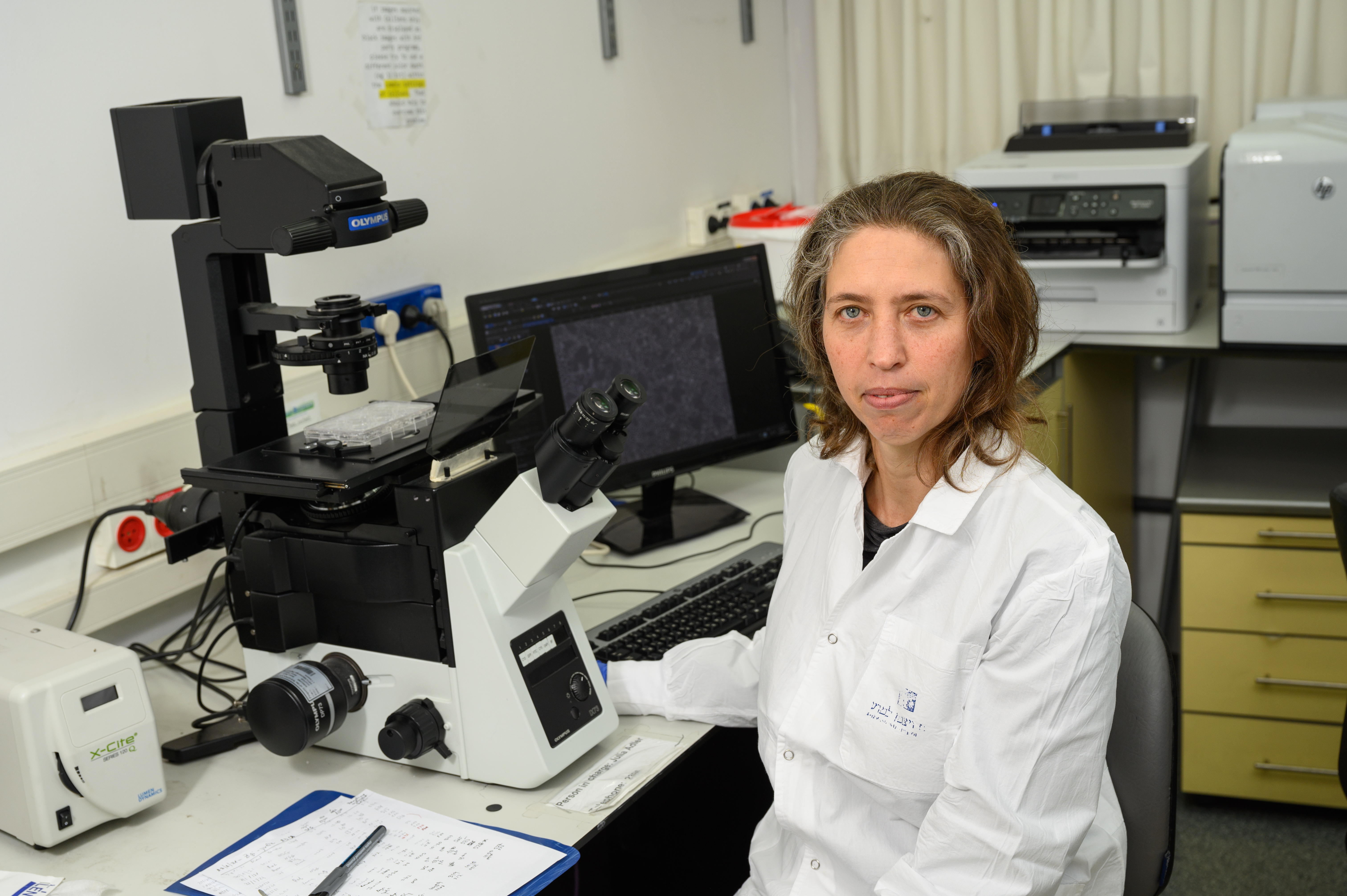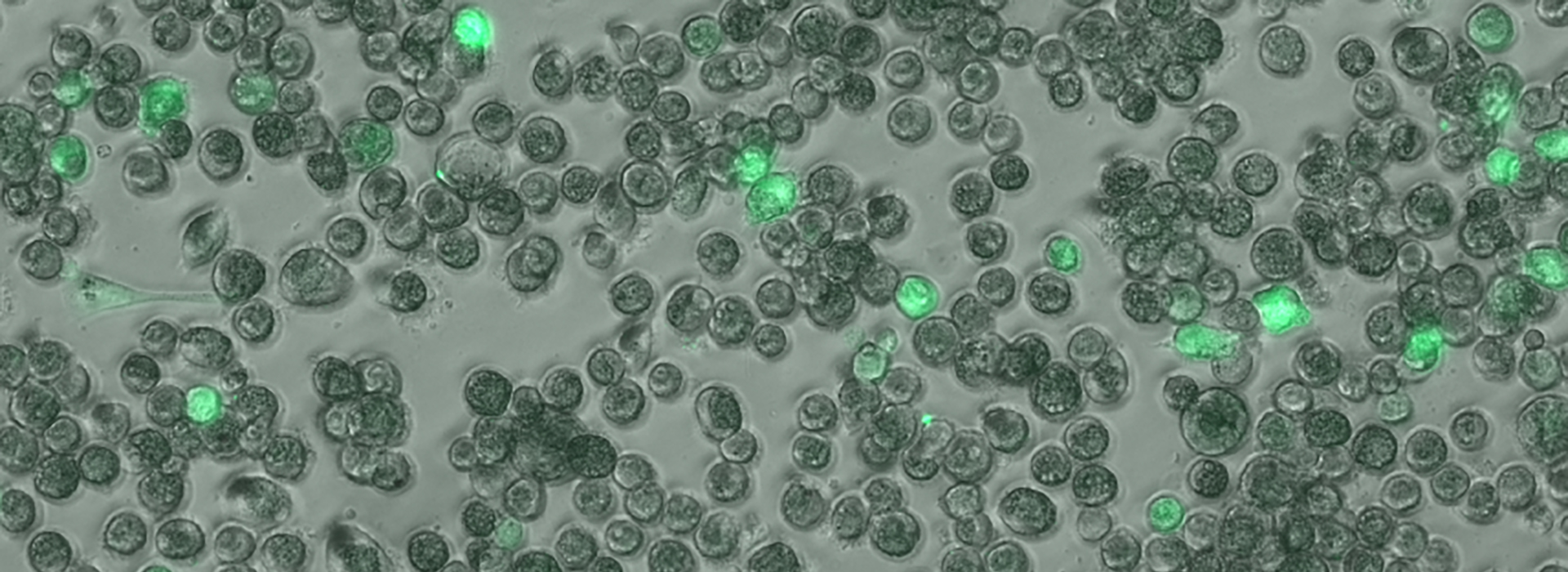How cells survive viral invasion
The best offense is a good defense. As in team sports, so in biology. Indeed, we know that some cells express high levels of defensive, antiviral proteins at all times. A new Weizmann study published in Nature Microbiology reveals that the higher the routine levels of these proteins in a cell, the greater the chances of preventing a viral takeover.
Prof. Noam Stern-Ginossar and her group in the Department of Molecular Genetics investigated the biology of latent versus active viruses by focusing on human cytomegalovirus (CMV), a member of the herpes family that infects most of the population. Like other herpes viruses, CMV sits dormant in the bodies of carriers, although it might cause an onset of symptomatic illness anytime later in life. The virus often rears its ugly head when a patient is immunosuppressed, following an organ transplant or chemotherapy. Pregnant women contracting the virus can pass it to the fetus, which can sometimes suffer from serious illness as a result.
The scientists monitored the process of infection in two groups of immune cells (macrophages and their precursor cells) for 144 hours. At several points in time after infection, the scientists sequenced RNA molecules from individual cells, revealing which proteins were produced, and in what quantities, at each stage of infection.
All it took was two: From the moment infected cells produced just two initial viral proteins, the viral takeover became inevitable.
Searching for an explanation as to why the virus took over some cells but not others, the Stern-Ginossar lab examined the differences in proteins produced by each group of cells before and during infection. They discovered that the virus failed to take over cells that had already produced antiviral defenses prior to infection. While the virus stayed as a latent guest within these cells, those with a lower routine production of defense proteins were open to a viral takeover.
Not only did the attacked cell produce “shield” proteins, but its neighboring cells did as well. These warning signs, in turn, elicit the production of antiviral proteins, known as interferons in nearby cells—a sort of code red to get ready for battle. Following the secretion of interferons, hundreds of genes for defense proteins are activated. The team’s findings showed that these defense proteins play a significant role even before the infection occurs and the warning signs are flagged.
The researchers believe that high levels of routine defense protein production might serve to immunize cells against a potential active infection. This idea may also answer the previously unsolved mystery of why CMVs tend to accumulate in a latent state within bone marrow stem cells.
Prof. Stern-Ginossar and her group also found that mature macrophages, previously thought to only play host to active infection, can harbor latent viral infection as well. Thus, various cell types in the body, formerly thought to be subject to active infection alone, might in fact form unknown reservoirs of latent, potentially harmful viruses. Discovering such reservoirs could lead to preventive treatments.

Prof. Noam Stern-Ginossar’s research is supported by the Blavatnik Award for Young Scientists.
